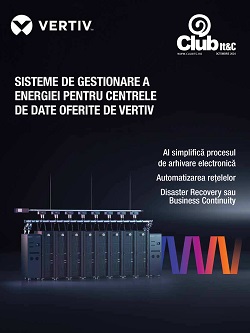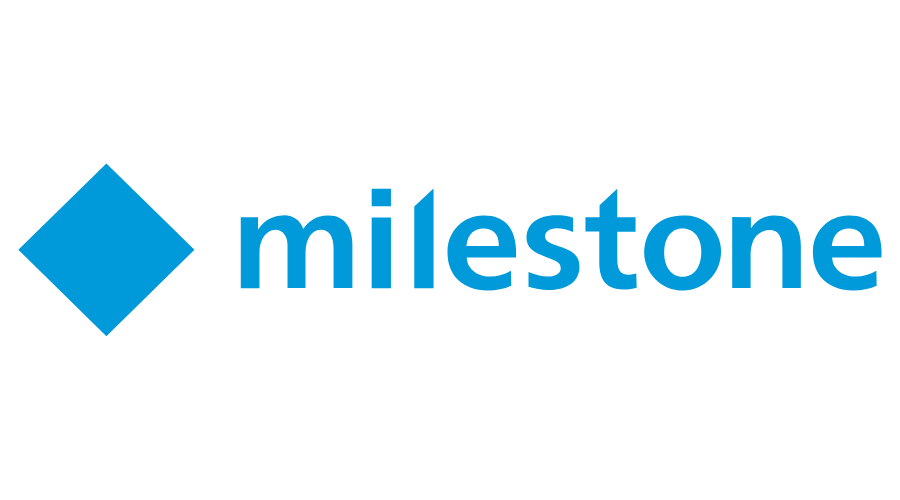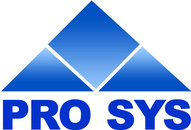Last week, the European Commission published the VAT Gap report for 2019. The good news is that, at the European Union (EU) level, the VAT collection rate has increased again, and Member States have lost about €7bn less than the previous year. However, if we look at the absolute value of the VAT amount that the tax authorities have failed to collect, the losses are still significant – €134bn.
 The European Commission highlights the negative impact of VAT revenue losses, which amounted to €4,000 per second in 2019, and explains their magnitude. These amounts, which Member States have failed to collect, could have been used for the construction of 250 hospitals or 2,500 km of highways. The forecasts for the coming years are not very optimistic, if we look at the recent data, according to which EU Member States will be able to eradicate the VAT Gap in about 13 years.
The European Commission highlights the negative impact of VAT revenue losses, which amounted to €4,000 per second in 2019, and explains their magnitude. These amounts, which Member States have failed to collect, could have been used for the construction of 250 hospitals or 2,500 km of highways. The forecasts for the coming years are not very optimistic, if we look at the recent data, according to which EU Member States will be able to eradicate the VAT Gap in about 13 years.
”These are unacceptable losses for national budgets, and mean that ordinary people and businesses are left to pick up the shortfall through other taxes to pay for vital public services. We need to make a joint effort to crack down on VAT fraud, a serious crime that takes money out of consumers’ pockets, undermines our welfare systems and depletes government coffers”, mentioned Paolo Gentiloni, Commissioner for Economy.
Croatia (1%), Sweden (1.4%) and Cyprus (2.7%) have made the greatest progress in tackling the VAT Gap. In contrast, Romania (34.9%), Greece (25.8%) and Malta (23.5%) have experienced the greatest difficulties in collecting VAT.
Thus, we find that Romania once again fell behind in terms of VAT collection in 2019, when the state budget lost almost €7.4m, which represents approximately a third of the total value of VAT that the Romanian state should have collected and with 2.3% more than in 2018. It turns out that the measures adopted by the Romanian authorities in recent years, such as reducing the VAT rate for several types of services in the field of HORECA (during 2018) or introducing the split VAT payment system have not yielded the expected outcomes. Delaying the implementation of measures to digitalise the tax administration inevitably hampers the fight against VAT Gap.
”Romania’s National Recovery and Resilience Plan (PNRR), which was approved by the EU Council, and which contains a programme of tax reforms to be implemented by 2026, includes among its main objectives the decrease of the VAT Gap by 5% (until mid-2026). The authorities plan to increase the capacity of the National Agency for Fiscal Administration (NAFA) to collect revenues to the budget by improving the ability to analyse and process data/information, providing new digital services to taxpayers and the digital transformation of public finances. On the other hand, given the poor results recorded by Romania every year, as well as the inherent delays in the implementation of any new measure, it may be a good thing for the deadlines proposed for such initiatives to be shorter, and not in the form of a 5-year plan”, mentioned Bianca Vlad, Tax Partner, Mazars Romania.
As shows the experience of other Member States that manage to significantly reduce VAT Gap, extensive digitalisation of the fiscal administration in terms of both reporting and tax audit methods, is one of the best practices, with proven effects. The Romanian authorities are beginning to understand this urgent need, if we look at the latest measures adopted – the implementation of SAF-T (Standard Audit File for Tax), which will become mandatory from 1 January 2022 for large taxpayers and the introduction of the national system on e-invoicing – RO e-invoice (which for the time being is operational between companies and public authorities, but which is most likely to become the only invoicing tool available starting with 2023, according to the Ministry of Finance). ”However, the impact and effects of the two measures will be seen in the coming years – we estimate that the impact of SAF-T cannot be fully analysed until 2025, when the reporting becomes mandatory for all categories of taxpayers. We consider that the first phase of implementation will not have a significant impact on the degree of VAT Gap, as we know for sure that tax evasion in the field of VAT is found mainly among small taxpayers and not among large taxpayers. Regarding electronic invoicing, the results will depend on when the measure will be implemented on a mandatory basis”, mentioned Alexandru Stanciu, Senior Tax Manager, Mazars Romania.
In March 2021, the connection of electronic cash registers to NAFA became operational, which allows the tax authorities to have more control over transactions carried out by companies, as they will have real-time access to them.
At the same time, in order to improve VAT collection, the Romanian tax authorities should adopt strong measures with rapid implementation for all categories of taxpayers. The adoption of SAF-T reporting and e-invoicing are useful measures that can significantly improve VAT collection, but we believe that their slow implementation based on different categories of taxpayers may slow down the achievement of the desired outcome.
”Thus, these measures will have to be doubled by updating the way tax audits are conducted. The mission of NAFA in the coming years will be to rethink the tax audits procedures as to process and utilize as efficiently as possible the information submitted by taxpayers (through SAF-T or data transmitted by electronic cash registers). Also, the tax authorities should concentrate their resources in the business fields that are most exposed to the risk of tax evasion”, mentioned Miruna Cîrstea, Tax Assistant Manager, Mazars Romania.
Mazars tax team will continue to monitor the authorities’ efforts to digitalise NAFA, as well as the effects they will have on government budget revenues. At the same time, the business community needs to keep a close eye on these measures, as in the short term they may generate additional costs for companies, especially for adapting the IT systems.






























